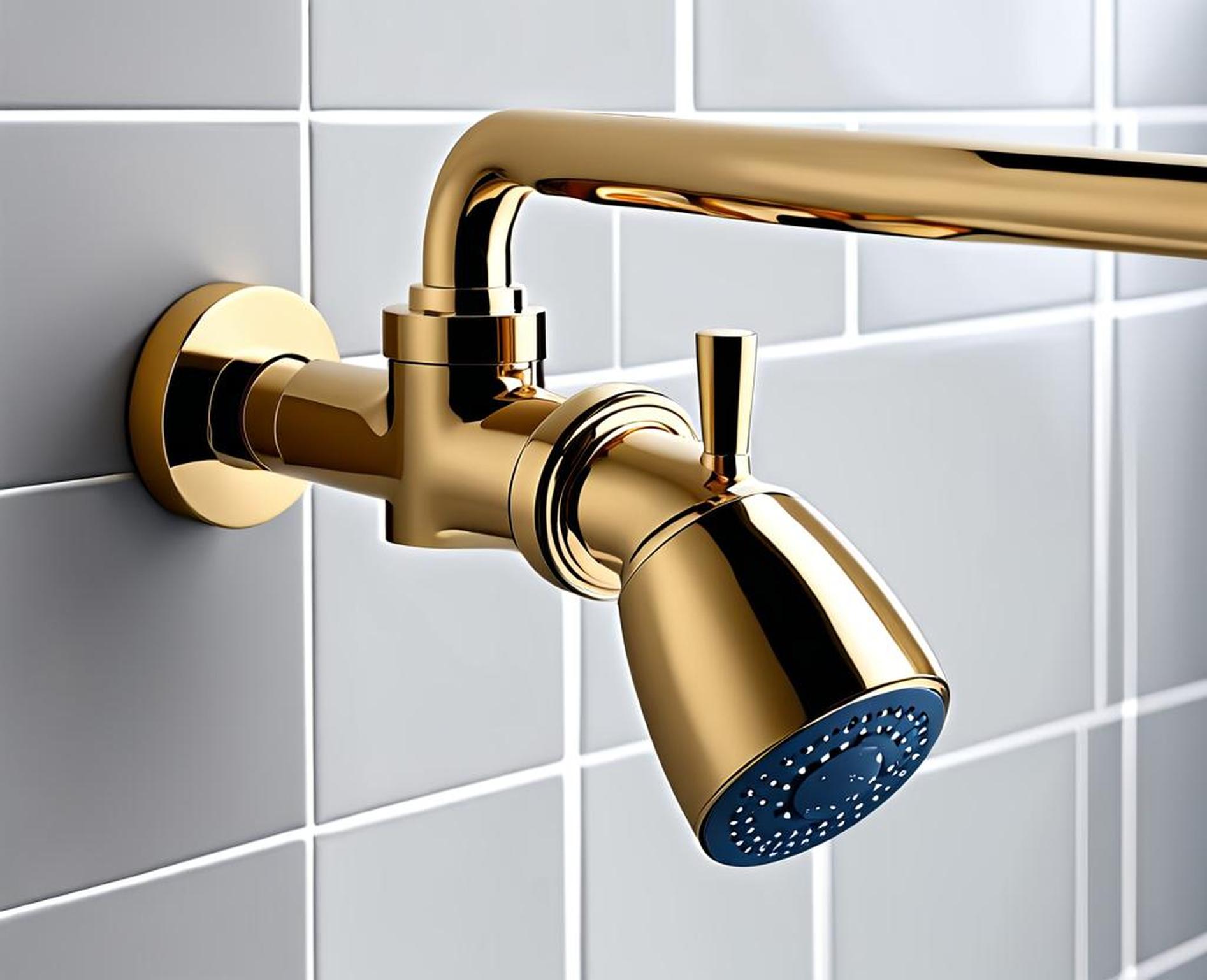Is your shower leaving you frustrated from weak water flow? Do you feel the spray pressure is just not what it used to be? Many homeowners deal with the annoyance of a faulty shower diverter that fails to fully redirect water from the tub spout to the shower head. But don’t tear out your hair just yet – restoring optimal function is within your grasp.
You’ll uncover what causes issues like low pressure and dripping spouts. With some handy diagnostic tips, you’ll learn to spot problems accurately. Best of all, we’ve packed a trove of troubleshooting tricks to get your water flowing powerfully again.

Symptoms of a Faulty Shower Diverter
Let’s start by equipping you to recognize symptoms that indicate shower diverter problems. Keep an eye out for these two main issues:
Low Water Flow or Pressure
The most obvious symptom is limited water flow from the shower head, resulting in disappointing dribble rather than a robust spray. Despite shifting the diverter handle to shower mode, you may notice more water pumps out of your tub faucet than the shower head itself.
Water Leaking from Tub Spout While in Shower Mode
Even when the diverter is aligned to send water up to the shower head, you may observe annoying drips or a small stream spilling from the tub spout below. This water leakage signals improper diversion as well.
Causes of Improper Diverter Function
Behind faulty shower diversion lie a few common culprits. Being able to pinpoint the cause will direct us straight to the proper repair strategy. We’ve analyzed the typical issues leading to insufficient water travel:
Mineral Buildup
Hard water rich in minerals like calcium and magnesium hampers proper valve closure. As deposits accumulate around diverter seals over time, water can sneak through without getting fully pushed to the shower head pathway as intended.
Old or Damaged Internal Components
Parts like the diverter gate, seals, springs and ball bearings eventually wear down through prolonged use and exposure to water. Corrosion can also attack metal pieces. Either situation allows unwanted water passage around sleeves that can no longer tightly seal off flow redirection.
Improper Installation
An underlying problem we often discover is improper positioning or connections made during the diverter installation itself. A misaligned diverter tube redirecting water flow fails to target the shower head accurately. Likewise, joints or pipe segments that came loose over time degrade diversion capability.
Diagnosing Your Shower Diverter
You’ll want to smartly pinpoint the exact shower diverter issue before attempting repairs. We’ll explore methods to inspect the condition of your hardware accurately.
Visual Inspection
Start with a visual scan of the external diverter structure as well as surrounding areas. Peer closely for cracks, corrosion or abnormalities around joints. Run water briefly to check for leaks around valve connections. Damage spotted early steers us to remedy locations correctly.
Confirm Water Flow Distribution
Run the shower to analyze relative water output quantitatively. Document weaker flow pressure from the shower head compared to any dripping spout. Video recording flow volume live simplifies sharing clear evidence during troubleshooting calls.
Assess Age and Wear
Finally, note down about how long you’ve had your existing diverter in place. Inspect closely for thinning, deformities or mineral deposits indicating worn parts. If you discover older corroded or porous components, replacement may be your best bet to restore normal function.
Fixing a Faulty Shower Diverter
Once properly diagnosed, target the repairs correctly. We’ll overview both quick home fixes and when calling a plumber makes smart sense:
Cleaning and Lubricating
Sometimes freeing stuck mineral deposits or lubricating aged seals revives a struggling diverter valve. Scale removers dissolve then flush out calcium blocking the system. Waterproof grease on the valve and plunger pinks up redirection ability.
Replacing Specific Parts
If replacing a single worn gasket or ball bearing does the trick, go for it. Compatible diverter repair kits available at hardware stores guide simple, affordable repairs. Ensure you select identical part measurements.
Full Diverter Replacement
When diagnostics reveal age or heavy deposits have damaged the entire system, play the long game by installing a new diverter setup. We suggest upgrading to durable, watertight ball diverters immune to sticking. Alternatively, identically measured standard diverter kits enable direct replacements.
Preventing Further Shower Diverter Issues
Guard against repeating the same headaches in the future. We recommend homeowners try these three prevention tips:
Annual Inspections and Maintenance
Schedule yearly scan of visible diverter valves in the shower enclosure. Address any new drips, odd sounds or reduced pressure right away before problems enlarge.
Use Filtered Water
Reducing mineral content introduced into your household water pipes minimizes scale sticking to the diverter long term. Explore installing whole house or shower head specific filters accordingly.
Hire Professional for Installation
While Do-It-Yourself jobs can certainly save money, improperly positioned diverters almost guarantee eventual leakage. Certified plumbers master exact placement and waterproofing for the long haul.
A shower diverter incorrectly sending water prompts everyone’s frustration. But accurately diagnosing root causes guides your troubleshooting journey. A few handy at-home fixes may get you back to vigorous sprays instantly. Alternatively, replacements tailored to your needs prevent repeat breakdowns for good.
Implement the handy tips above to redirect wayward streams from your tub spout into a robust shower surge. Who knew a properly functioning diverter could make mornings so glorious!
